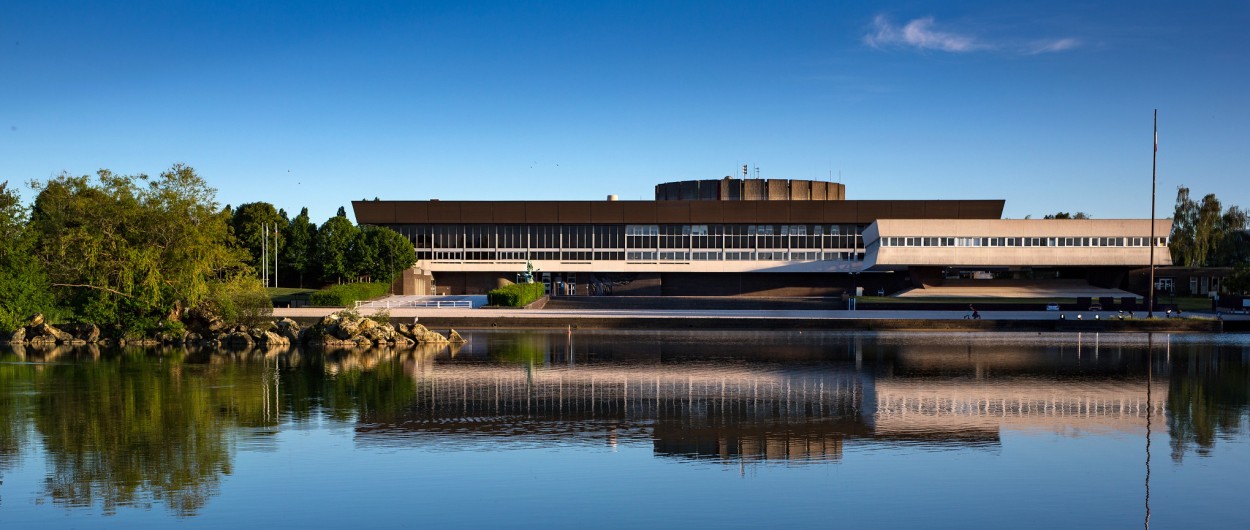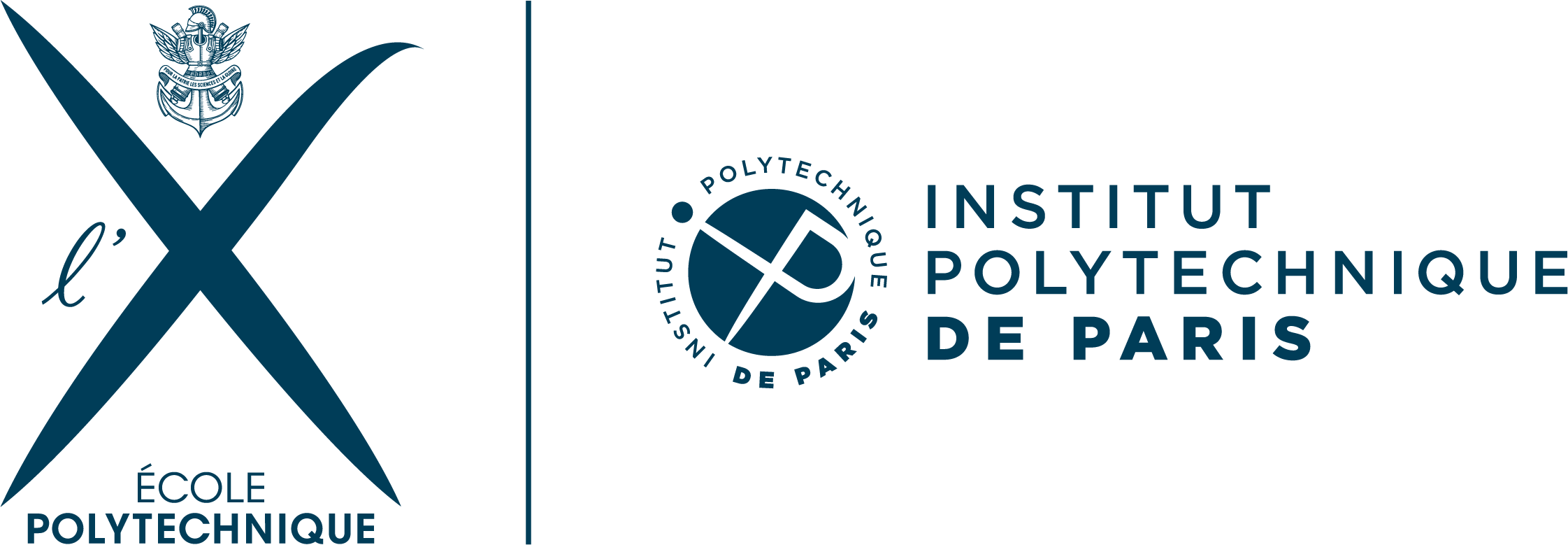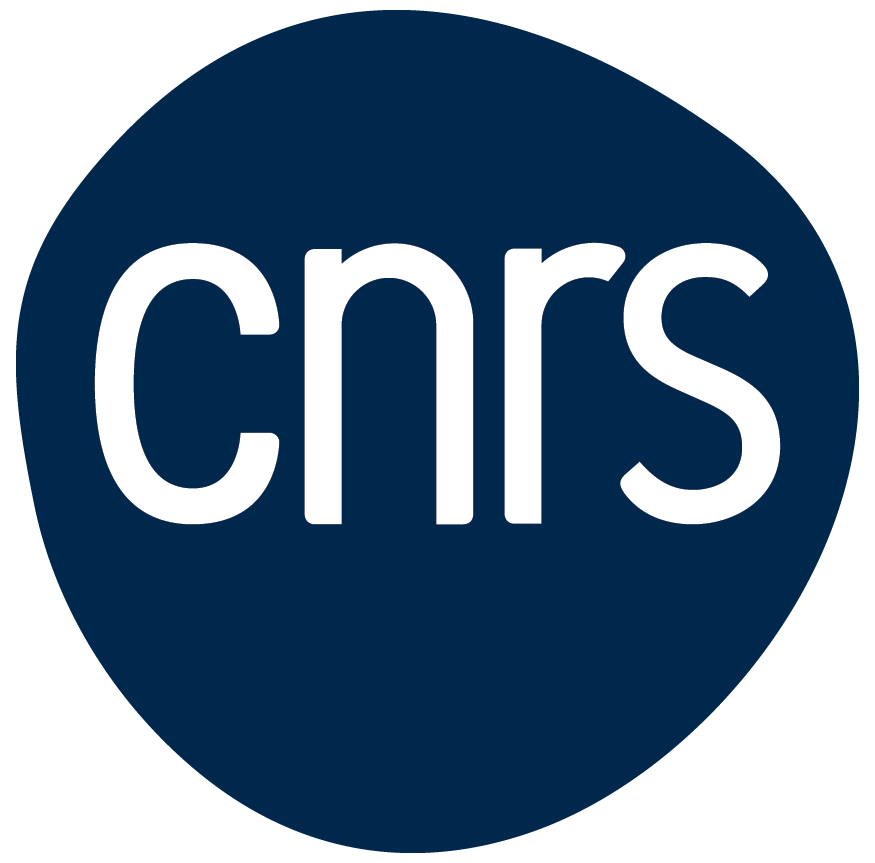Conférence pour les 50 ans du CMAP
→
Europe/Paris
Amphi Faurre (Ecole Polytechnique)
Amphi Faurre
Ecole Polytechnique
Description
 Conférence pour les 50 ans du CMAP
Conférence pour les 50 ans du CMAP
Du 11 au 13 Septembre 2024
Cette conférence a pour but de célébrer les 50 ans d'existence du Centre de Mathématiques Appliquées de l'Ecole Polytechnique.
Cet évènement à la fois festif et scientifique permettra de présenter un panorama large des thématiques couvertes au sein du laboratoire depuis sa création.
Orateurs :
- S. Allassonnière (U. Paris-Cité)
- H. Ammari (ETH Zurich)
- T. Bodineau (CNRS & IHES)
- A. Chambolle (CNRS & CEREMADE, PSL)
- C. Dapogny (CNRS & U. Grenoble-Alpes)
- R. Douc (Telecom SudParis)
- C. Hillairet (ENSAE)
- J. Josse (INRIA)
- S. Mallat (Collège de France)
- E. Moulines (CMAP, Polytechnique)
- J.M. Roquejoffre (IMT Toulouse)
- N. Spillane (CNRS & CMAP, Polytechnique)
- N. Touzi (NYU, New York)
- A. Veber (CNRS & U. Paris-Cité)
- D. Villemonais (U. Lorraine)
Comité d'organisation :
E. Abi-Jaber, C. Bertucci, V. Giovangigli, M. Goldman, C. Graham, A. Oliviero-Durmus, M. Tomasevic
Lien vers le site web du CMAP :



Contact